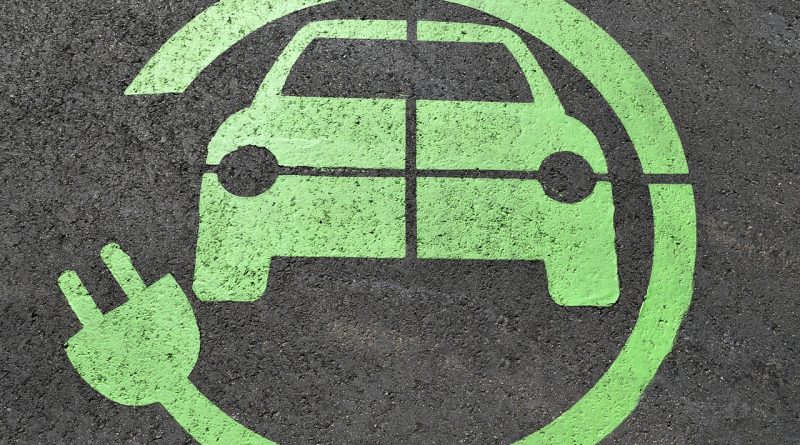The Usefulness Of Electric Cars
Electric vehicles were among the earliest automobiles, and before the preeminence of light, powerful internal combustion engines, electric automobiles held many vehicle land speed and distance records in the early 1900s. They were produced by Anthony Electric, Baker Electric, Detroit Electric, and others and at one point in history out-sold gasoline-powered vehicles. Despite the higher energy efficiency, electro-chemical vehicles have been beset by a technical issue which has prevented them from replacing the more cumbersome heat engines: energy storage. Batteries currently used are either not mass-produced, leading to high per-unit prices, or end up being a significant (25%-50%) portion of the final vehicle mass, in the case of conventional lead-acid technology.
Vehicle
Electric cars are perfectly useful as second household vehicle for usual short and medium distance trips of 100 to 250 miles per charge. The range issue will be improved by technologies such as Plug-in hybrid electric vehicles which are capable of using traditional fuels for unlimited range. They call it an electric vehicle with a “range extender” that can extend the range up to 640 miles. There have been several developments which could bring back electric vehicles outside of their current fields of application, as scooters, golf cars, neighborhood vehicles, in industrial operational yards and indoor operation. First, advances in lithium-based battery technology, in large part driven by the consumer electronics industry, allow full-sized, highway-capable electric vehicles to be propelled as far on a single charge as conventional cars go on a single tank of gasoline. Lithium batteries have been made safe, can be recharged in minutes instead of hours, and now last longer than the typical vehicle.
Vehicles
Despite the higher energy efficiency, electro-chemical vehicles have been beset by a technical issue which has prevented them from replacing the more cumbersome heat engines: energy storage. For especially large electric vehicles, such as submarines and aircraft carriers, the chemical energy of the diesel-electric can be replaced by a nuclear reactor. Qualifying electric vehicles purchased new are eligible for a one-time federal tax credit that equals 10% of the cost of the vehicle up to $4,000, provided under Section 179A of the Energy Policy Act of 1992; it was extended through 2007 by the Working Families Tax Relief Act of 2004. Directive 2006/32/EC of the European Parliament and of the Council of 5 April 2006 on energy end-use efficiency and energy services includes measures to promote efficient vehicles. Several start-up companies, like Tesla Motors and Phoenix Motorcars, will have powerful battery-electric vehicles available to the public in 2008.
The power of a vehicle electric motor, as in other vehicles, is measured in kW. Most large electric transport systems are powered by stationary sources of electricity that are directly connected to the vehicles through wires. Due to the extra infrastructure and difficulty in handling arbitrary travel, most directly connected vehicles are owned publicly or by large companies. This allows for almost no rolling resistance of the vehicle and no mechanical wear and tear of the train or track.


